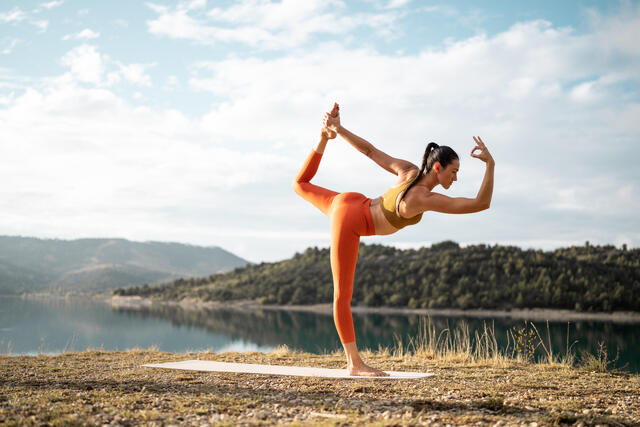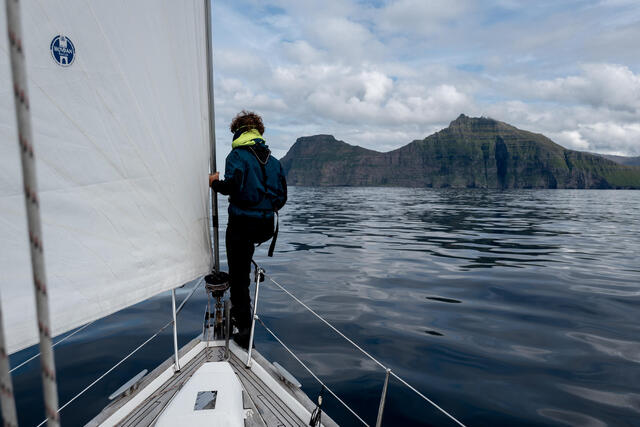How to choose your overshoes
When you’re cycling in winter or a cool, wet autumn or spring day, your feet and toes can be the first part of your body to feel discomfort. That’s because your body’s priority is maintaining its core temperature, so blood gets diverted away from the extremities, leaving your toes feeling like ice blocks.
Wind chill can also make it worse, and if the roads are wet, the spray coming off your front wheel will most likely hit your shoes first, adding to the discomfort.
Luckily the right pair of overshoes can really help protect your feet from the wet and cold. If your feet are warm and dry from the beginning, the circulation will likely flow to your feet and toes, allowing you to enjoy your ride in comfort.
Overshoes supply an outer layer of warmth and waterproofing for your cycling shoes. As with most types of cycling clothing and equipment, they are available in different designs, fabrics and weights to offer various levels of protection for different riding conditions. For example, a toe cover or half-overshoe with a waterproof coating and fleecy lining will be sufficient in late autumn or early spring, Whereas for winter, a full overshoe made from 5mm neoprene will supply a high level of insulation against the cold.
Let’s take a closer look at what’s best for which types of weather conditions.






















